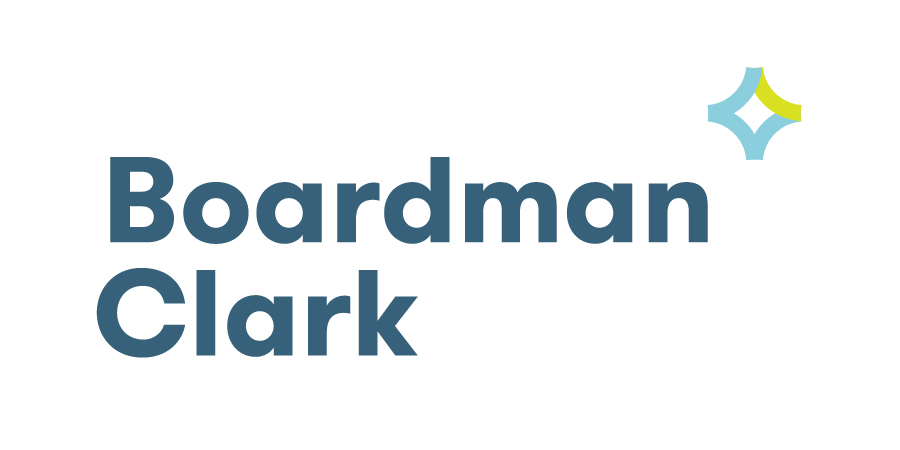Reminders Regarding Performance Improvement Plans
By Brian P. Goodman, Mai Chao Chang, Storm B. Larson and Aiyanah Simms
 A Performance Improvement Plan (PIP) is an important document that organizations can use to help hold employees to high standards at work. However, HR professionals need to make sure they draft PIPs appropriately. You shouldn’t put an employee on a performance improvement plan solely for the purpose of going through the process. Well-drafted PIPs can be effective evidence of performance deficiencies if an employee is eventually terminated for performance reasons and challenges the validity of that termination.
A Performance Improvement Plan (PIP) is an important document that organizations can use to help hold employees to high standards at work. However, HR professionals need to make sure they draft PIPs appropriately. You shouldn’t put an employee on a performance improvement plan solely for the purpose of going through the process. Well-drafted PIPs can be effective evidence of performance deficiencies if an employee is eventually terminated for performance reasons and challenges the validity of that termination.
Here are some tips for drafting PIPs:
- Ensure that you retain at-will employment through the term of the PIP.
- You can include timeframes for review (“We will check in every 15 days”), but do not imply that employment is guaranteed until the PIP has expired.
- Do not agree to exclude the PIP from the employee’s personnel records if the employee successfully corrects the issues. It should remain part of the file in the event of future performance issues.
- An employee doesn’t have to sign their PIP in order for it to be valid. If they refuse to sign, just note that on the form. Don’t water down the significance of the form by stating “Employee’s signature acknowledges receipt of the document, not agreement with its contents.”
For more information on the legal aspects of PIPs, discipline, evaluations, and investigations, attend the Greater Madison Area SHRM's November 19, 2024 PDS where we will be covering these issues in greater detail.
